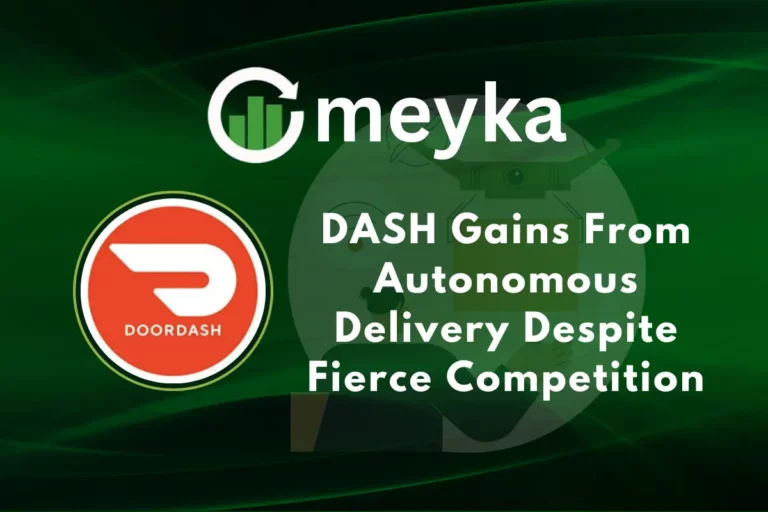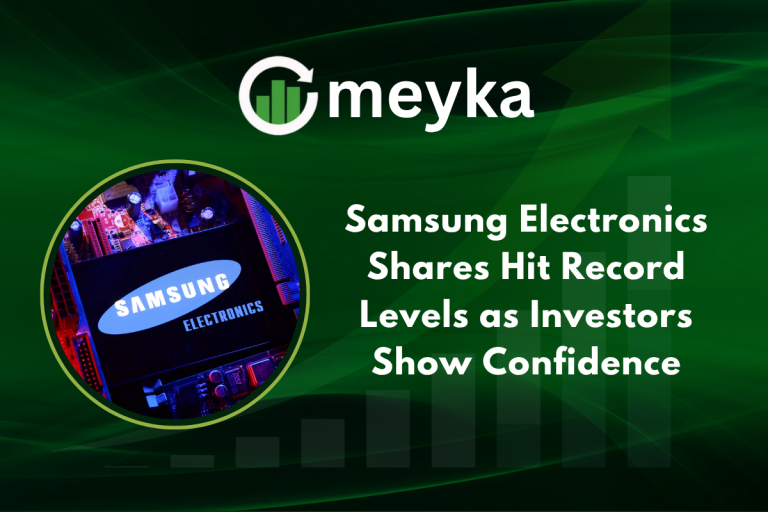Lucid Motors Hits New Record as Gravity Sales Surge Ahead of Tax Credit Expiry
In a dramatic turn for Lucid Motors, the electric-vehicle startup has posted its most successful quarter to date, driven by strong demand for its Gravity SUV and a sharp rush by buyers seeking to capture the vanishing U.S. EV tax credits. The combination of product momentum and policy deadline urgency gave the company a rare window to shine in a crowded electric vehicle market.
Record Quarter: Deliveries Soar
In the third quarter of 2025, Lucid Motors reported delivering 4,078 vehicles, marking its highest quarterly total ever. This delivery number represents Lucid’s seventh consecutive quarter of growth and suggests the company may be finding a firmer footing in EV manufacturing and sales.
Production during that same period rose to 3,891 vehicles, meaning deliveries outpaced manufacturing as Lucid drew down inventory. Year-to-date through September, Lucid has built 9,966 vehicles and delivered 10,496.
This surge was not isolated. Across the electric vehicle sector, automakers also saw strong third-quarter results, as consumers rushed to place orders before the federal EV tax credit expired.
Gravity SUV: The Growth Engine
The Gravity SUV is emerging as the central growth lever for Lucid. Though the company does not disclose a precise breakdown between its Air sedan and Gravity SUV, analysts and industry observers believe that Gravity deliveries were materially responsible for the jump.
Lucid’s executives have repeatedly emphasized that the SUV market offers a substantially larger total addressable market compared to premium sedans, and Gravity is positioned to unlock that scale. Supply chain and ramp challenges have slowed full deployment, but the momentum is evident.
In addition, Lucid has pursued a fleet and mobility strategy by securing a commitment from Uber for at least 20,000 Gravity SUVs over six years to serve as robotaxis, integrating autonomous tech from Nuro. This gives Lucid both volume visibility and a differentiated revenue channel outside pure retail sales.
Tax Credit Expiry: Tailwind Then Headwind
The spike in Q3 deliveries was amplified by a last-minute scramble among buyers to claim the U.S. federal $7,500 EV tax credit before its expiration at the end of September. Because many Lucid vehicles’ prices are above eligibility thresholds for the retail consumer credit, much of their benefit came through leasing structures, which allowed lessees to apply the credit.
However, that dynamic also introduces a significant risk heading into later quarters. With the tax credit gone for many purchases, Lucid must prove that demand can persist without the incentive.
In response, Lucid has launched a “Lucid Gravity Advantage Credit” for eligible lessees who order by September 30 and take delivery between October and December, preserving some access to the credit even after formal expiration. This move may cushion the drop in demand but is unlikely to fully substitute for the broad-based incentive.
Challenges Along the Path
Despite the encouraging results, Lucid still faces several key challenges:
- Wall Street expectations and stock market pressure: Even with record deliveries, Lucid’s third-quarter delivery figure fell short of some analyst benchmarks. In turn, Lucid’s stock reacted with caution as investors scrutinized sustainability and margin improvement.
- Supply chain & ramp constraints: Scaling new models like Gravity requires smoothing out bottlenecks, particularly in sourcing battery components and ramping manufacturing throughput.
- Transition to demand without incentives: Post-credit, Lucid must win buyers on product merit, brand appeal, and performance rather than policy push. That demands effective marketing, volume yields, and cost discipline.
- Profitability & margins: High cost of goods, low volume scaling, and a lease-heavy structure remain obstacles. Lucid must broaden margins or diversify into higher-margin services (e.g., fleet, software, autonomous features).
- Competitive pressure: In the “AI stocks” and EV domain, Lucid must compete not only with legacy automakers pivoting to EVs but with tech-oriented entrants vying for consumer attention, software play, and integration with autonomous or mobility platforms.
Yet, Lucid’s recent trajectory suggests it is inching closer to a more stable footing.
Stock Market & Investor Outlook
For investors today looking at Lucid Motors, the Q3 record may represent a turning point. The combination of product growth momentum and execution against adversity may help reposition Lucid among more established EV names. Analysts are increasingly debating whether Lucid can transition from a speculative EV stock to a more sustainable growth EV company.
From a stock research perspective, key metrics to watch in upcoming earnings include:
- Gravity vs. Air vehicle delivery breakdown
- Order backlog and retention rates post tax credit
- Gross margins and cost trajectory
- Cash burn and capital funding strategies
- Progress on fleet/mobility deals (e.g., the Uber robotaxi pact)
- New model roadmap and how they compete in lower price tiers
Given how sensitive valuation may be to execution, Lucid’s ability to deliver clean beats and crystal-clear guidance could drive real changes in sentiment.
Looking Ahead: 2025 and Beyond
As Lucid closes out 2025, the company aims to deliver 18,000 to 20,000 vehicles in total, a target it has reiterated. Whether it can hit that goal without tax credit momentum remains in question.
Long-term, Lucid is working on expanding into more affordable electric vehicle segments. It has signaled interest in a more mass-market model (sometimes referred to as “Earth”) to be priced below $50,000, aiming to broaden its addressable market beyond premium buyers.
Moreover, Lucid’s Saudi backing and its regional operations open options for manufacturing flexibility, global expansion, and potential cost synergies. Its integration with autonomous mobility platforms, such as the Uber deal, may unlock future revenue beyond pure vehicle sales.
If Lucid can maintain growth momentum in the absence of subsidies, continue to scale the Gravity SUV, and transition toward more profitable business lines, it may begin to shake off its speculative stock tag and secure a more established position in the EV landscape.
FAQs
Lucid delivered 4,078 vehicles in Q3 2025, marking its highest quarterly total to date.
The Gravity SUV is widely believed to have driven much of the demand lift, helping Lucid tap into the more lucrative SUV segment.
With the tax credit gone, Lucid must maintain demand on product quality and brand appeal, improve margins, scale production, and compete with established EV and tech players without subsidies as a tailwind.
Disclaimer:
This content is made for learning only. It is not meant to give financial advice. Always check the facts yourself. Financial decisions need detailed research.






